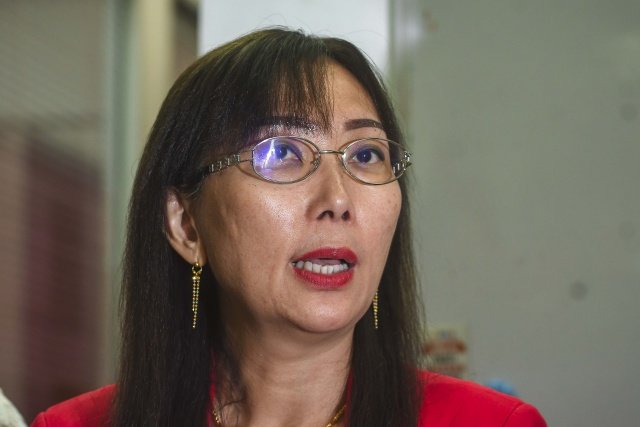
Kok Speaks on Potentials of The Kenaf Industry

High Potentials of Kenaf Industry
The Primary Industries Minister Teresa Kok has advised domestic and international investors to funnel their capital into the kenaf industry which she described as a potentially lucrative industry. Kok mentioned that on the local market alone, the industry is expected to generate revenue of RM350mil and the market demand for Kenaf had tendencies to skyrocket to RM3.5bil by 2025.
The fibre produced by Kenaf shares similarities with jute, and the plant was used for sacks and rope at the onset. Over time, it has gone on to become a plant which is eco-friendly and can be used for furniture making, automobiles, construction, among other uses.
Earlier this week, Kok paid a visit to the LKTN headquarters with Shamsul Iskandar Mohd Akin, the deputy minister and the Boards director-general, Samsuddin Noor.
Speaking after the visit, Kok intimated potential investors that Kenaf could be used in both hot and cold climates and called on investors to endeavor to study how products derived from Kenaf are produced for exportation. She emphasized that the plant could contribute to the growth of the country’s economy because its core and fibres are suitable for the production of products that are considered eco-friendly. She gave those as the major reasons why investors should consider tapping into the highly-competitive and high-potential kenaf industry.
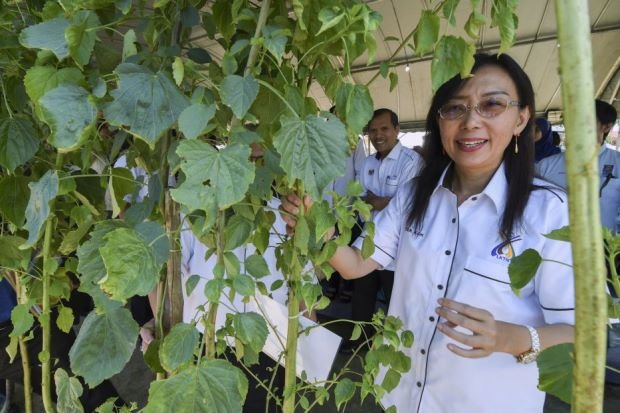
Kok informed potential investors that Kenaf could be used in both hot and cold climates and called on them to study how products derived from Kenaf are produced for exportation.
She added at a latter occasion that the Primary Industries Ministry already had plans to keep on making solid efforts to strengthen and spearhead the development of the Kenaf plantation and the commodity sectors to provide empowerment for smallholders while also augmenting their income.
Kok reiterated that the commodity sector had a great influence on the socio-economic development in the country. The commodity sector in the country generated RM140 billion in exports in 2017 and that made it the second source of income from exports, where electrical and electronics sector had the first spot.
Kenaf Industry in Malaysia
LKTN through its Kenaf Industry Master Plan has specially designated 2,000ha to smallholders. They are expected to use the land mass solely for the cultivation of Kenaf, and this will be in addition to the cultivation done by private landholders. Kok also gave an assurance of job security to the contract workers who work at LKTN, Malaysia Rubber Board and Palm Oil Board.
Samsuddin Noor, the NKTB director-general, has expressed that the aim in 2018 is to cultivate 2,500ha of kenaf plantations compared to last year when 2,273ha was cultivated. A hectare yields 8 to 10 tonnes of Kenaf at harvest. He also added that the NKTB would make sure that the kenaf industry would continue to experience growth and remain export-oriented.
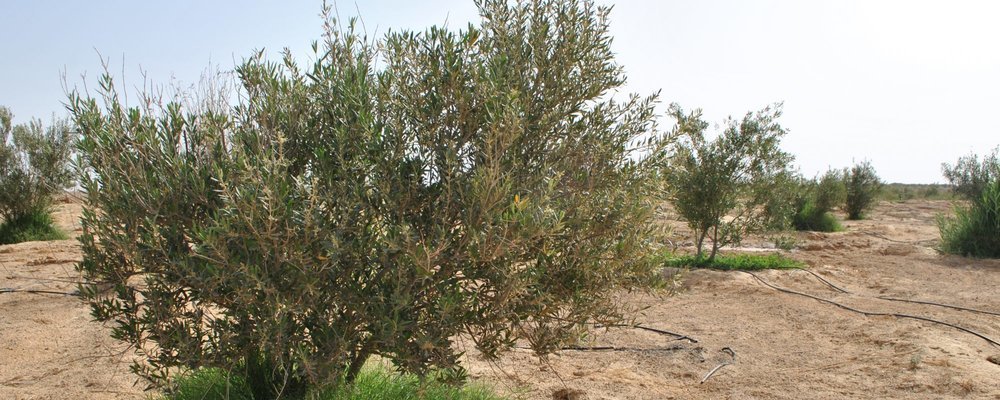
The NKTB director-general, has expressed that the aim of the Board in 2018 is to cultivate 2,500ha of kenaf plantations compared to last year when 2,273ha was cultivated
The Eco-friendly Kenaf plant
Kenaf is a fiber plant which is common to east-central Africa where it has been cultivated for several thousand of years for fiber as well as for food. It is a common source of textile fiber for products such as rugs, robe and twine. It could also be a raw material source for products such as paper, pulp and some other fiber-based products for pulp and paper production.
Due to the depletion of forest trees and damages caused by loggers, Kenaf is also considered an eco-friendly alternative to forest trees. This preference is because cultivations and use of kenaf leads to a reduction of human activities causing damage to the tropical forest and reducing the effect of such activities on the eco-system by reducing the effect which green house gas has on the environment.
The Kenaf plant is also extremely efficient and boasts of a fast growth even with the use of less nutrients and chemical fertilizers. It requires less area of cultivation as it is known to provide higher biomass than other forest plantations. The kenaf core is also considered to produce a better quality and whiter paper which makes it the top choice of several paper manufacturers globally. Importantly, the kenaf fiber is completely bio-degradable and can also be recycled.
More in Investments
-
`
Brad Pitt’s ‘Semi-Retirement’ Plans
Brad Pitt, known worldwide for his Academy Award-winning acting and top-notch production skills, is not just a Hollywood sensation; he’s a...
December 9, 2023 -
`
Streaming Giant Netflix Faces Yet Another Challenge
In the ever-evolving landscape of streaming entertainment, Netflix, once the unchallenged king of digital content, now faces a complex puzzle beyond...
December 1, 2023 -
`
Signs You Should Quit Your Current Job & Move On
You Don’t Feel Comfortable at Work Imagine spending the majority of your waking hours in a place where you feel uneasy,...
November 20, 2023 -
`
How to Adjust and Renew Your Portfolio
Investing in the financial world is like navigating an ever-changing landscape—constantly evolving, always shifting. The key to staying on track? Regularly...
November 18, 2023 -
`
Dr. Dre’s Divorce With Nicole Young: A Closer Look
When the beats of old-school hip-hop start bumping, Dr. Dre’s name reverberates in fans’ minds worldwide. Born as Andre Young, this...
November 12, 2023 -
`
Why Branded Content Is the Best Way to Connect With Your Audience
Have you ever found yourself deep in a compelling article or engrossed in a video series, only to later discover that...
November 5, 2023 -
`
Why the Gender Pay Gap Could Be Getting Worse | New Research Findings
At a time when women are making significant strides in various professional arenas, a new report throws light on a trend...
October 28, 2023 -
`
What Is a Bull Market and How Can Investors Benefit From One?
In finance, the term “bull market” is frequently used to describe a period of optimism, rising asset prices, and investor confidence....
October 19, 2023 -
`
A-List Power Couples Where the Women Make More Money
In an era of shifting gender roles and evolving definitions of success, it’s increasingly common to find celebrity couples where the...
October 15, 2023








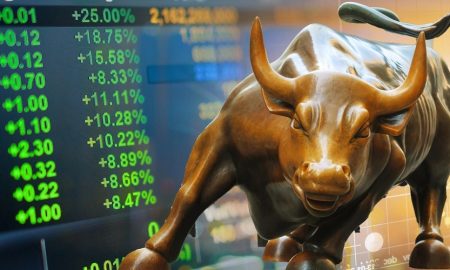




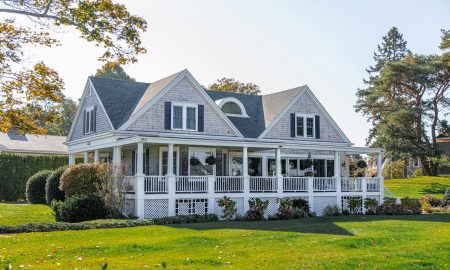

You must be logged in to post a comment Login